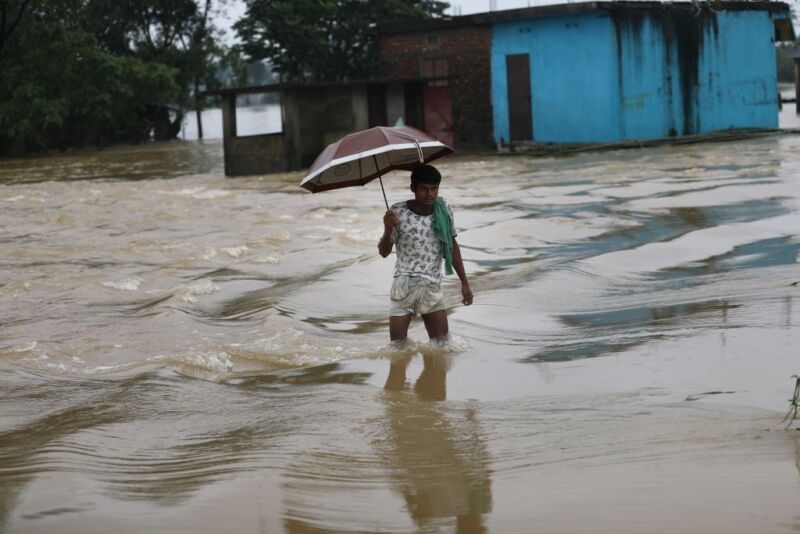How global warming and La Niña fueled a summer of climate extremes

Enlarge / A warming climate can lead to more extreme downpours, as Bangladesh and India experienced in 2022 (credit: https://www.gettyimages.com/detail/news-photo/people-try-to-survive-as-monsoon-rains-swamped-huge-areas-news-photo/1241419969)
There's an old joke about the fellow who has his left foot in a bucket of ice water and the right in a bucket of hot water, so that his overall temperature is average. That seems to apply to the climate during 2022's northern summer of extremes: Overall, the planet was tied for only the fifth-warmest June-August, yet regional heat waves shattered records.
Global warming is undoubtedly a factor, but just how the increasing extremes that marked the summer of 2022-heat waves, droughts and floods, sometimes one on top of the other-are related can be bewildering to the public and policymakers.
As a climate scientist, I've been working on these issues for more than four decades, and my new book, The Changing Flow of Energy Through the Climate System," details the causes, feedbacks, and impacts. Let's take a closer look at how climate change and natural weather patterns like La Nina influence what we're seeing around the world today.